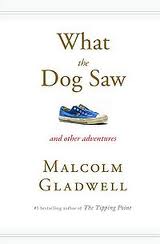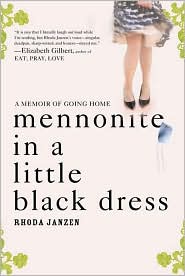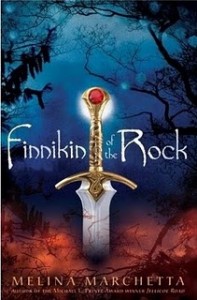This review contains affiliate links, which earn me a small commission when you click and purchase, at no extra cost to you. Thank you for supporting my small business and allowing me to continue providing you a reliable resource for clean book ratings.
This book is a departure from Malcolm Gladwell’s previous titles (The Tipping Point, Blink, and Outliers). Rather than treating a specific topic, this book is a compilation of articles published in The New Yorker during his career as a staff writer there. While the book itself has no single unifying theme, Gladwell has categorized the chapters into three groups. The stories in Group One talk about so-called minor geniuses — people who accomplish amazing things but who don’t necessarily win the Pulitzer or the Nobel prizes. You can sense snippets of Outliers ideas in this group. Group Two has stories that convey new ways to think about and mentally organize observations and experiences we have. Group Three stories share information about the snap judgments and predictions we make about people and feels similar to Blink.
While the book has no unifying theme, each chapter works as an essay on its assigned topic, and the chapter groupings help the reader to make connections on his or her own. Gladwell’s writing style is familiar and easy to follow. He is very good at juxtaposing two seemingly unrelated ideas (e.g. dog training & dancing; World War II radio analysis & prostate cancer screening) and developing a train of thought that shows how they are in fact related. I liked the book overall, and appreciated the articles compiled there.
Rated: Moderate. If you are familiar with The New Yorker, then you will not be surprised by the subject matter and language encountered in this book. While the articles are not particularly crass, the writing is intentionally unsterilized in a way that is meant to convey meaning. I counted about a dozen tame-to-moderate expletives and one use of strong language, found mostly in citations of other materials and quotations of interviewees. Sex is discussed in several chapters, but is presented academically as part of a larger scientific inquiry and does not qualify in my mind as offensive content. One chapter contains a crime scene investigation with a brief description of criminal sex acts, but omits any gory or explicit detail.
Click here to purchase your copy of What the Dog Saw and Other Adventures on Amazon.




